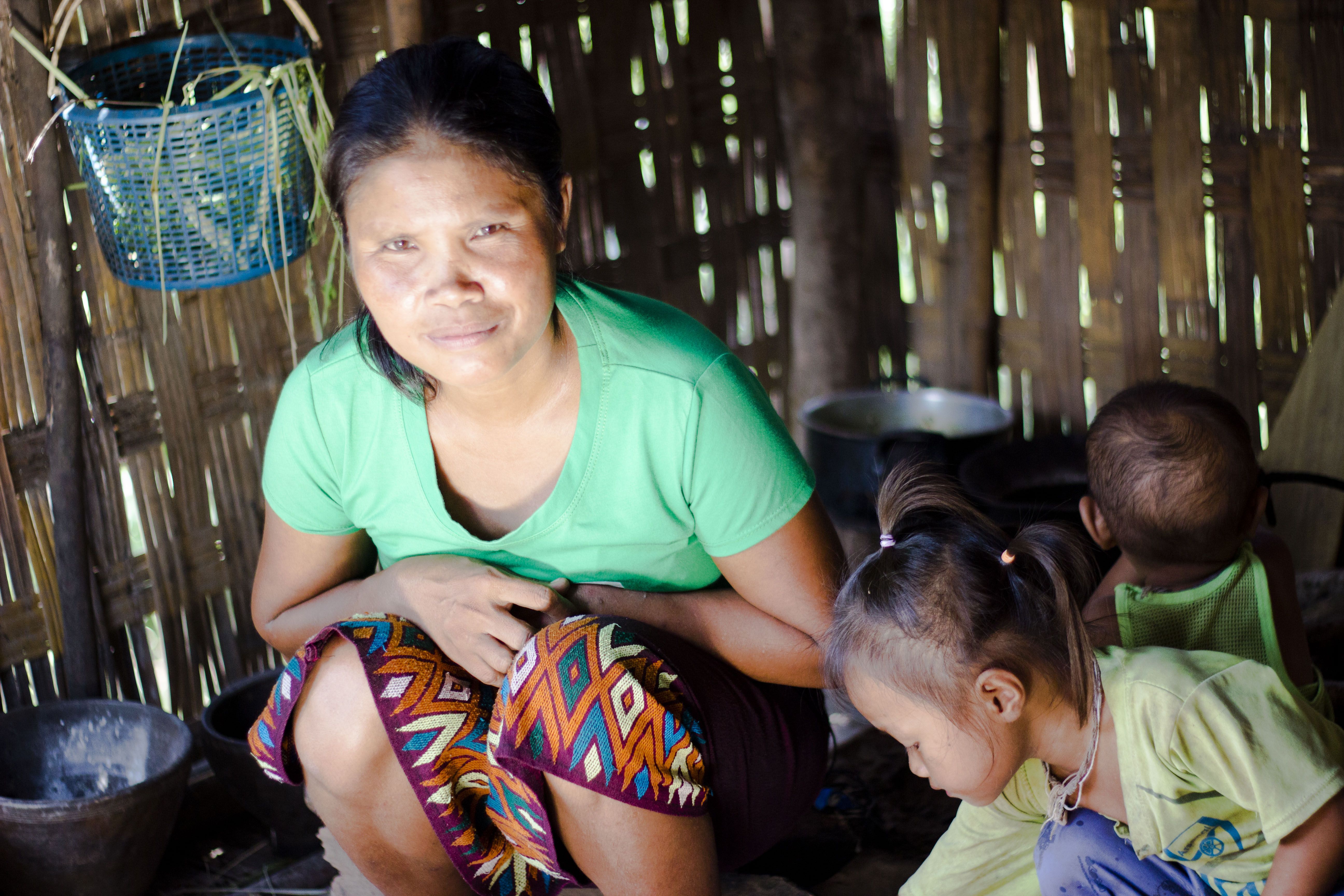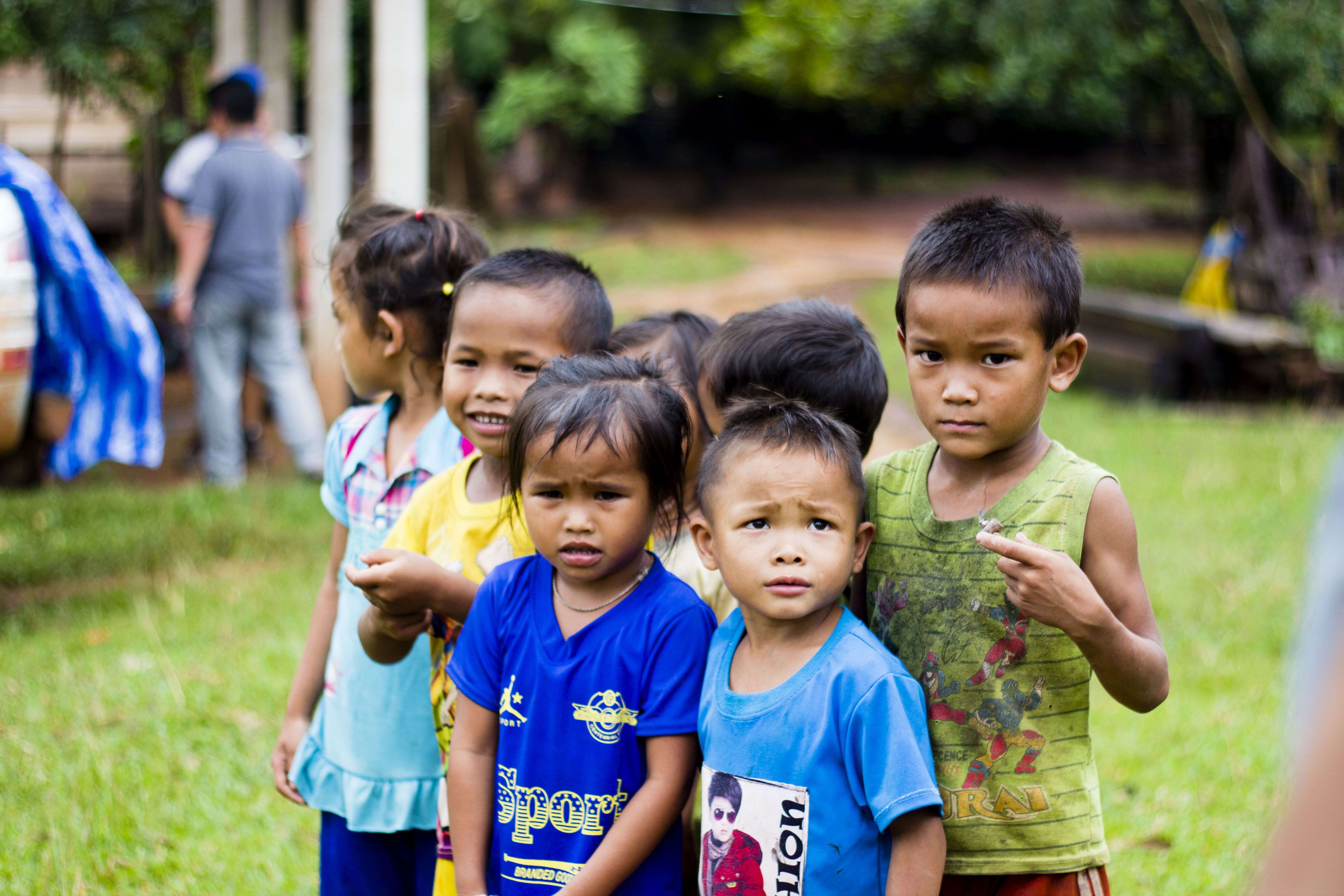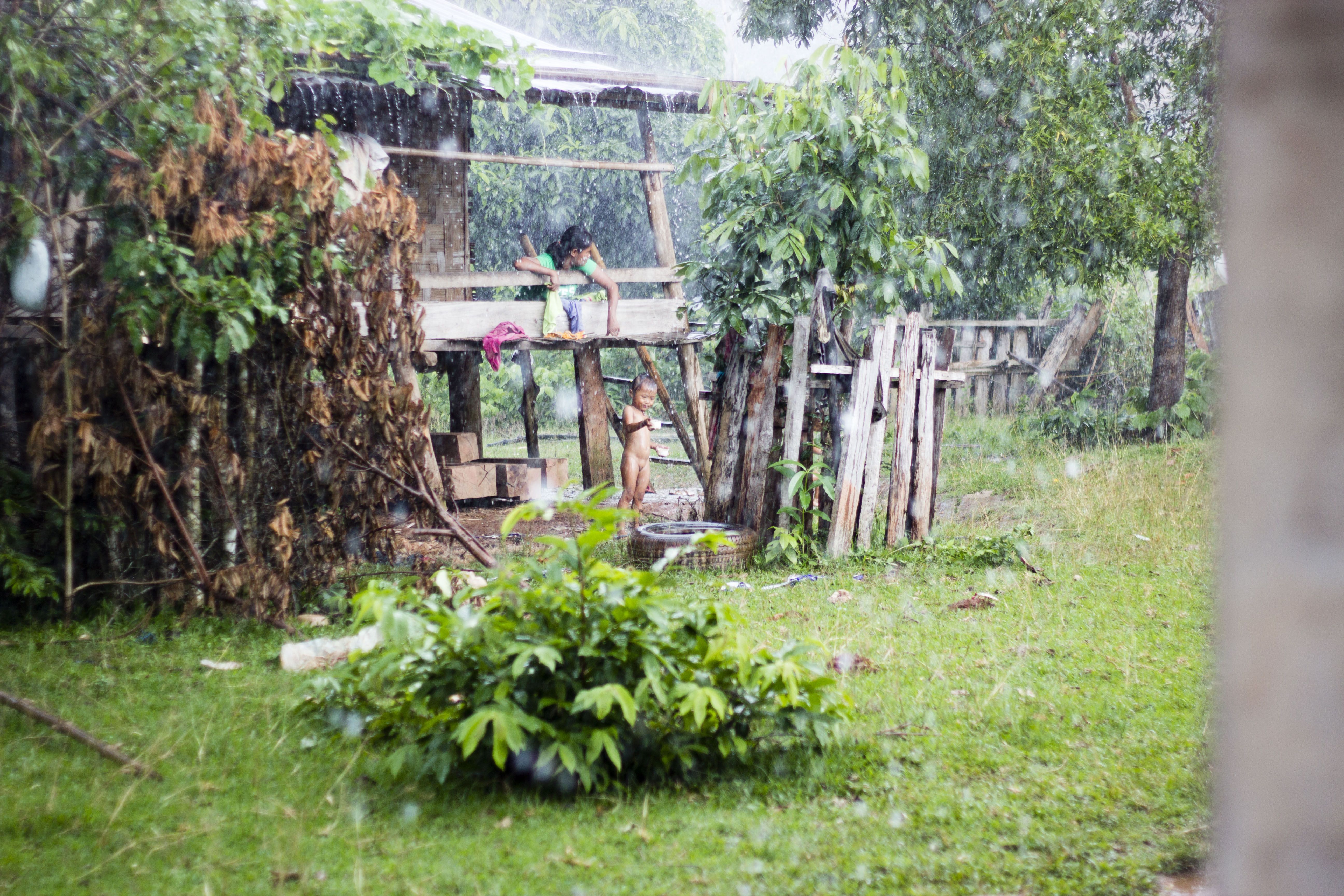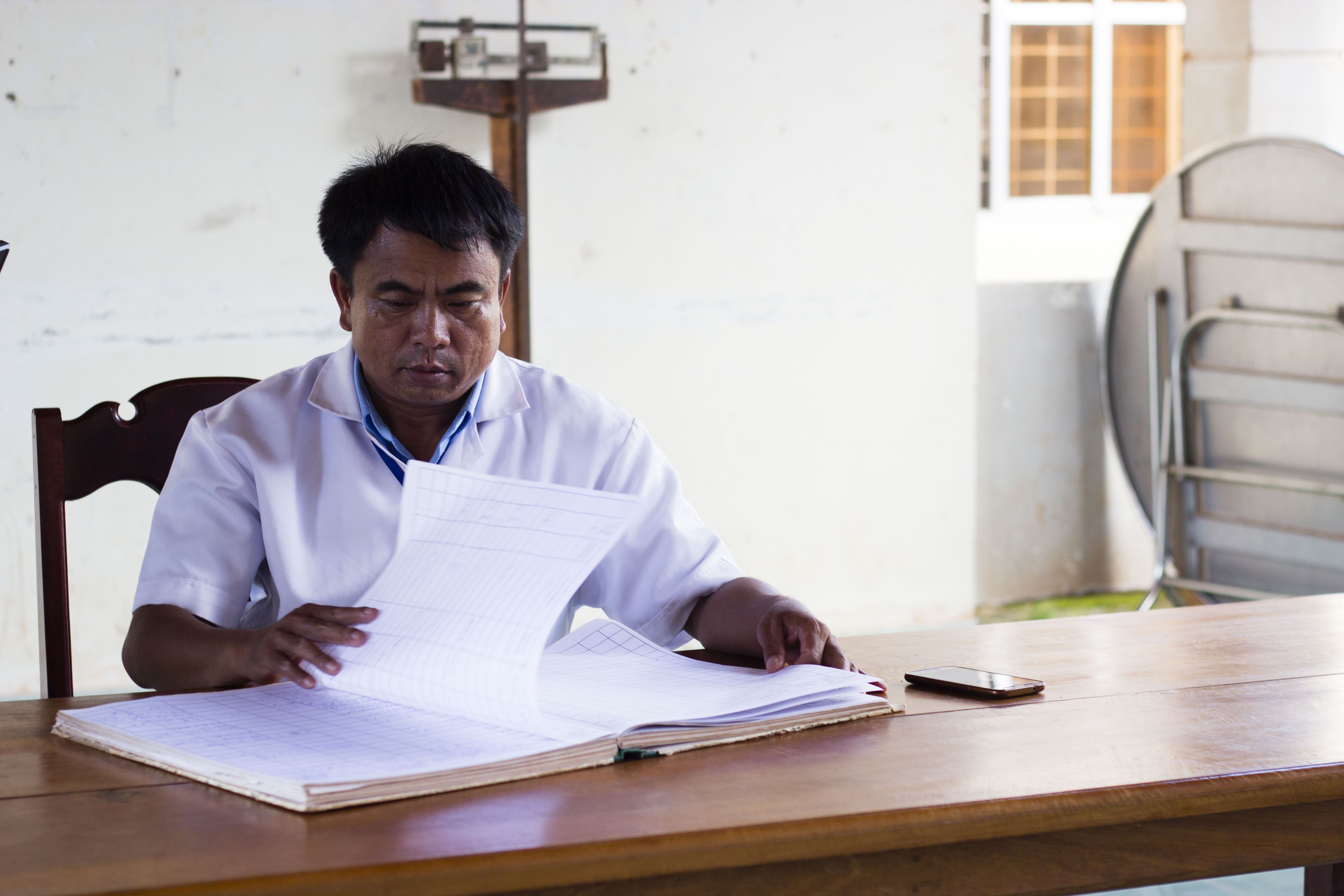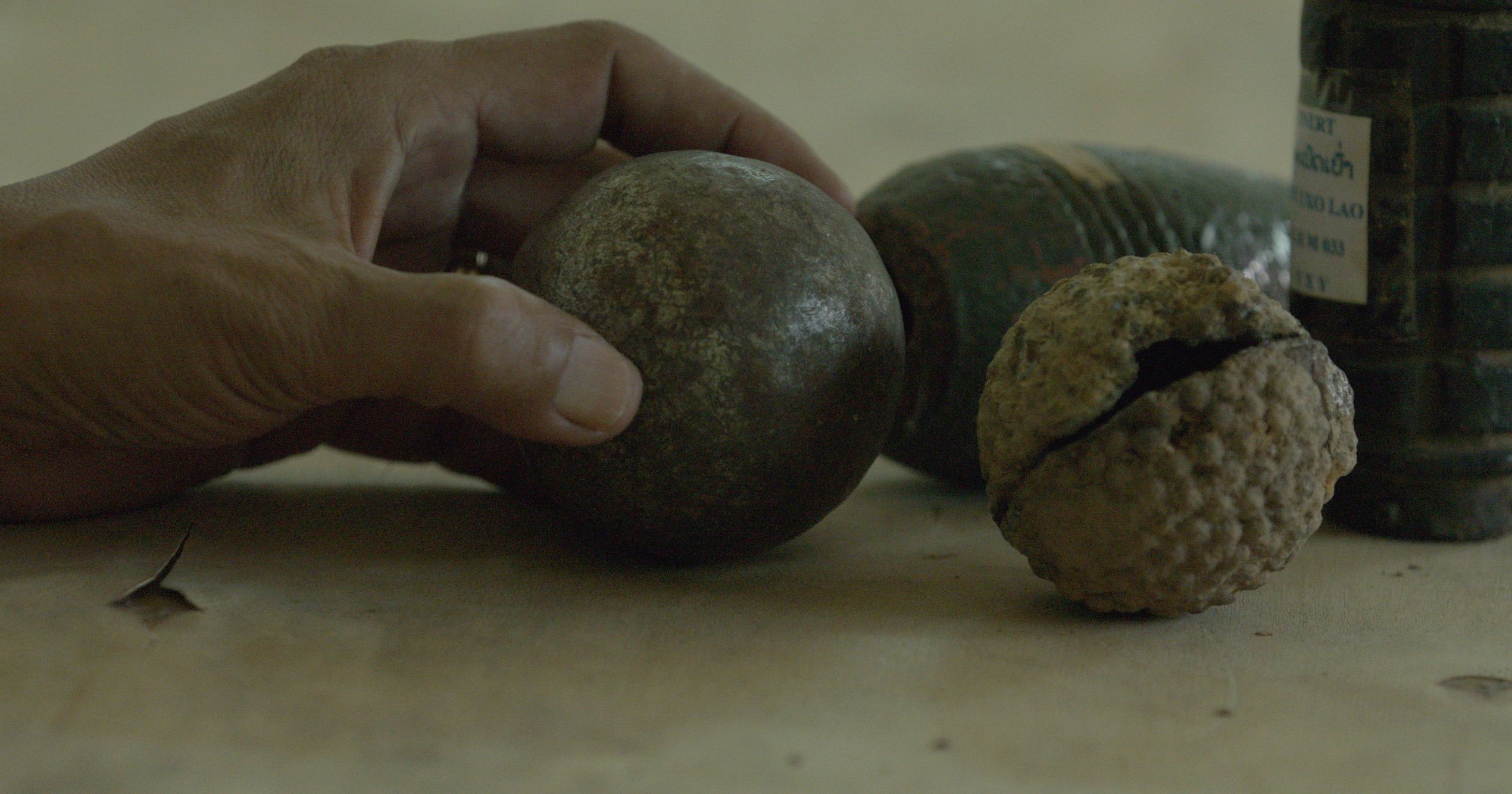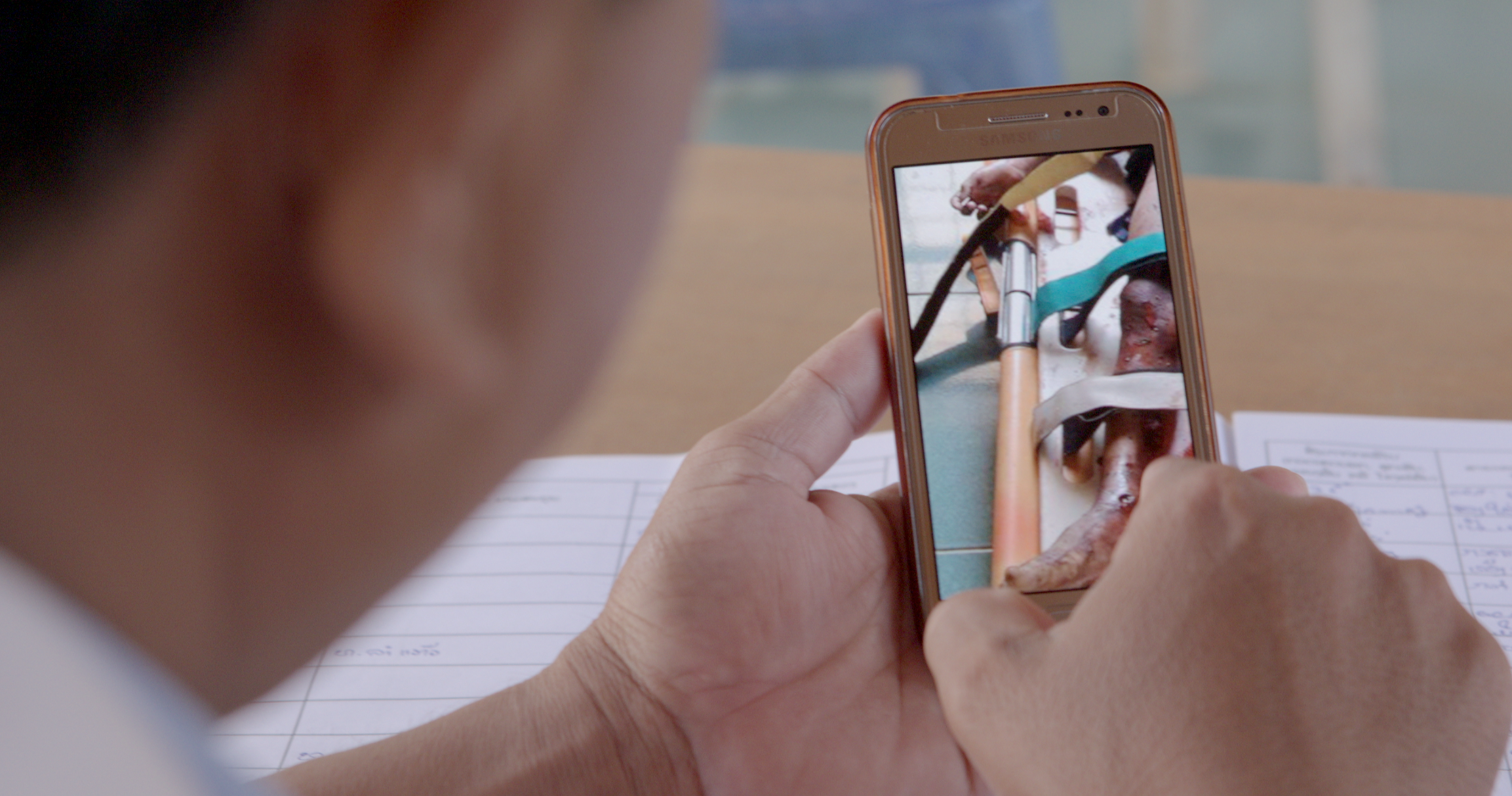From 1964 to 1973, the United States conducted a secret war in Laos in which they dropped 270 million bombs, making Laos the most heavily bombed country in the world. 80 million of those bombs never exploded and they continue to kill and maim innocent civilians on a regular basis.
Children account for 40 percent of UXO victims. Although their parents will teach them, “Hamm Jap!” which means, “Don’t Touch!” some children are just too young to understand the consequences. In addition to this, petanque is a popular game in Laos, and the balls look just like cluster munitions, the most common and deadly UXO in Laos.
My production crew and I walked through a village called Ban Nongboua in Central Laos. After interviewing an old village man who described to us the terror of the bombings 40 years ago, we interviewed a mother who only last year lost her two sons when they picked up an unexploded cluster bomb near the village.
She told us that MAG International, an NGO dedicated to clearing UXO, had cleared their village a few years ago, but her sons ventured just outside the boundaries of what they deemed safe. The two boys and a friend found a small, metal ball and picked it up. He threw it to the other boy, and when he caught it, it exploded. The boy was instantly killed and the other two boys were severely injured. A local MAG office was notified and rushed the other boys to the nearest health clinic, nearly an hour away on a bumpy dirt road.
When they arrived at the health clinic, the doctor was overwhelmed. We got a chance to interview him about this day, and he showed us graphic photos of the bodies. He explained that there are many UXO accidents in this region, and his health clinic isn’t a hospital; he didn’t have the resources he needed to save their lives. He managed to save one boy, who had a relatively minor puncture wound, but lost the other son.
The fact that Americans don’t know about the U.S. Secret War in Laos is a shame, especially considering how much we talk about the Vietnam War. But the fact that an alarming number of innocent children are dying from the mess we left there is far worse than tragic, it is completely unacceptable.
Full interviews with the Thakhek Health Clinic doctor and village mother will be in my documentary, "This Little Land of Mines." We are still fundraising to complete the second round of production, but to learn more please visit www.thislittlelandofmines.com.
